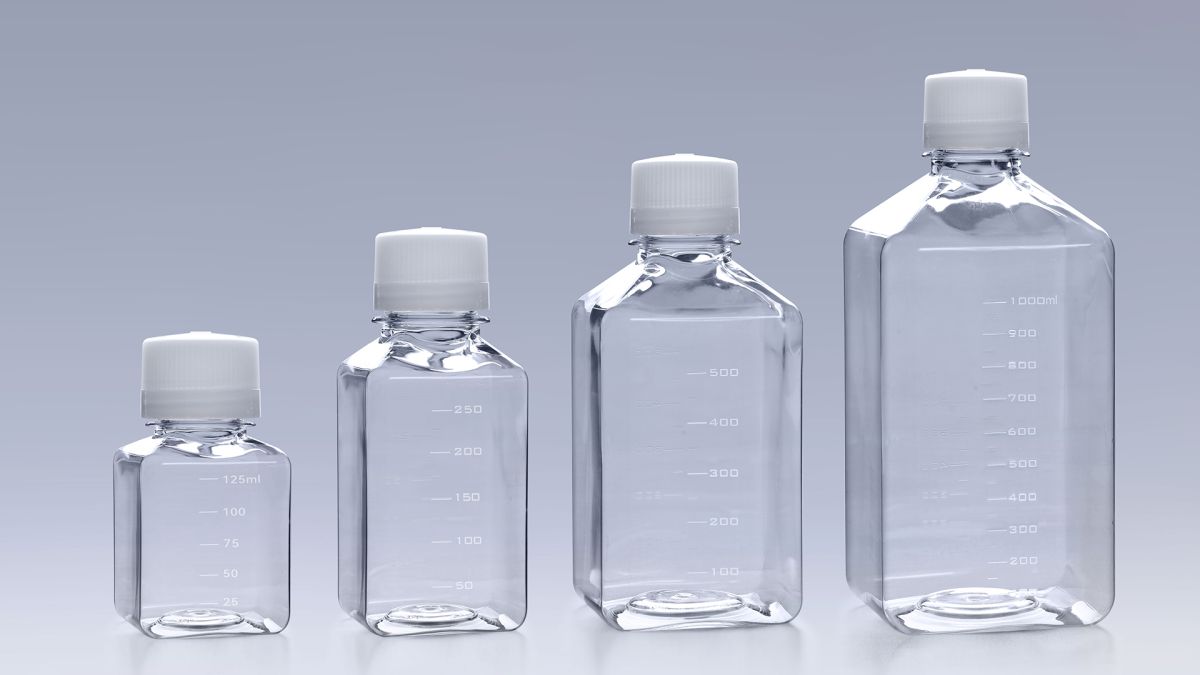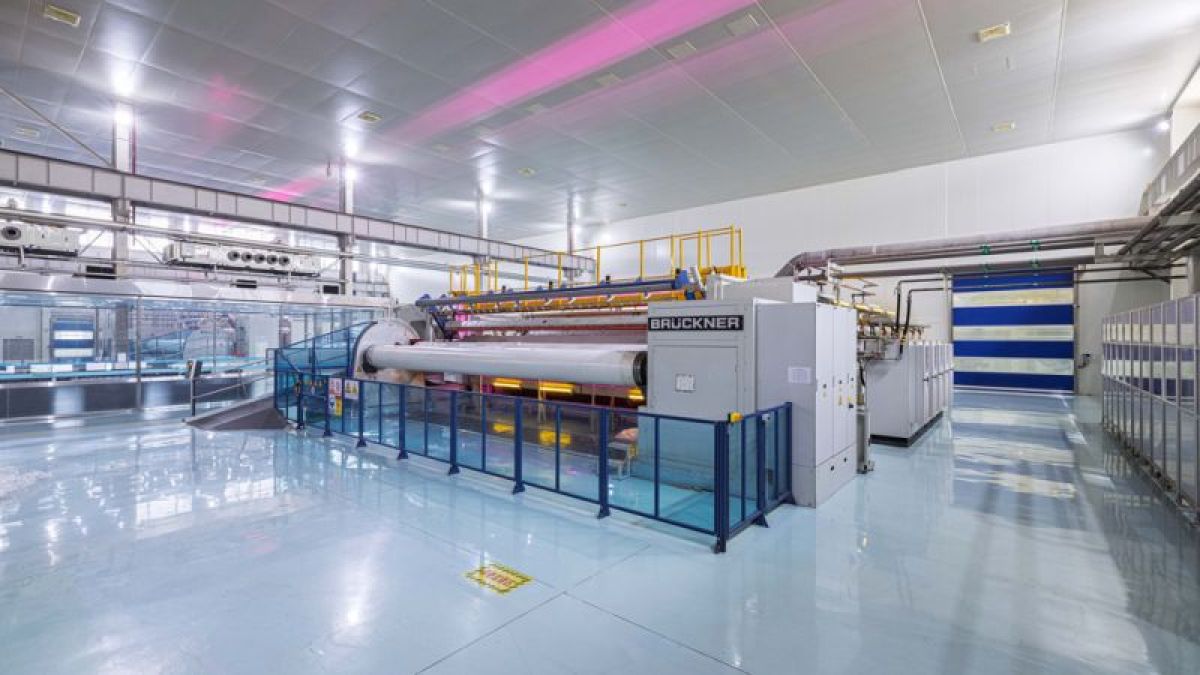In modern biomedical research, laboratories often need to store various liquid substances such as serum, cell culture media, and reagents. In this context, the PETG Square Media Bottle serves as a critical storage container. Thanks to its high transparency, excellent cryogenic resistance, and versatile utility, it has become an essential tool in scientific labs.
In modern biomedical research, laboratories often need to store various liquid substances such as serum, cell culture media, and reagents. In this context, the PETG Square Media Bottle serves as a critical storage container. Thanks to its high transparency, excellent cryogenic resistance, and versatile utility, it has become an essential tool in scientific labs.
Primary Functions of PETG Square Media Bottles
These bottles were originally designed to meet the need for reliable liquid storage in biological experiments. Specifically, they are used to store the following types of liquids:
Serum and Cell Culture Media
Serum is a fundamental component in cell culture, containing various growth factors and binding proteins that provide nutrients and promote cell growth and division. To maintain serum stability, it is typically stored at low temperatures. PETG Square Media Bottles are capable of storing serum effectively at temperatures ranging from -20°C to -70°C, ensuring long-term stability.
Cell culture media, which supply carbohydrates, nitrogen sources, vitamins, and other essential elements, are also stored in these bottles. It is generally recommended to protect media from light and store them between 2°C and 8°C.
Storage of Biological Reagents
Besides serum and media, PETG Square Media Bottles are widely used for storing biological reagents such as antibiotics, buffers, dissociation agents, and staining solutions. These reagents may require different storage conditions—some need to be kept at -20°C, while others are stable at room temperature. The versatility and temperature adaptability of these bottles make them ideal for a broad range of reagents.
Material Comparison: PET vs. PETG
The material used in these bottles significantly affects their performance and suitable applications. The two most common materials are PET and PETG, each with distinct characteristics tailored to different experimental requirements.
PET Material:
Excellent cryogenic tolerance, maintaining mechanical stability even at -70°C, making it ideal for low-temperature storage of serum and other sensitive liquids.
Impact resistance is 3–5 times higher than other thin-film materials, with high folding endurance, reducing the risk of damage during long-term use.
High transparency and surface gloss allow easy visual inspection of the contents, making PET suitable for applications requiring clear visibility.
Good resistance to oils, fats, dilute acids, and alkalis, providing reliable protection against a wide range of chemicals.
PETG Material:
Optical transparency reaches 90%, nearly equivalent to glass, ensuring superior visibility for inspecting serum or media.
Higher stiffness, hardness, and scratch resistance compared to PET, along with superior impact strength and toughness, make it suitable for demanding environments.
Better chemical resistance, oil resistance, and weather resistance than PET, ideal for storing reagents with high chemical stability requirements such as antibiotics and buffers.
Non-toxic and odorless, commonly used in food packaging, pharmaceutical packaging, and medical devices, ensuring safe and hygienic storage.
An environmentally friendly material that is recyclable and does not emit harmful substances when incinerated.
Applications and Selection Guidelines
Selecting the right material for PETG Square Media Bottles is essential to ensure storage stability and enhance experimental safety and accuracy. For applications requiring higher transparency and impact resistance—such as storing sensitive reagents or cell culture solutions—PETG is the recommended material. For general storage purposes, PET bottles remain a suitable and cost-effective option that meets standard requirements for low-temperature storage and volume measurement.
In summary, PETG Square Media Bottles are a fundamental part of laboratory operations, providing high transparency, reliable cryogenic performance, and user-friendly graduated designs. They play a vital role in storing serum, media, and various reagents. Understanding the differences between PET and PETG materials allows researchers to make informed decisions, improving efficiency and ensuring reproducible and accurate experimental results.




